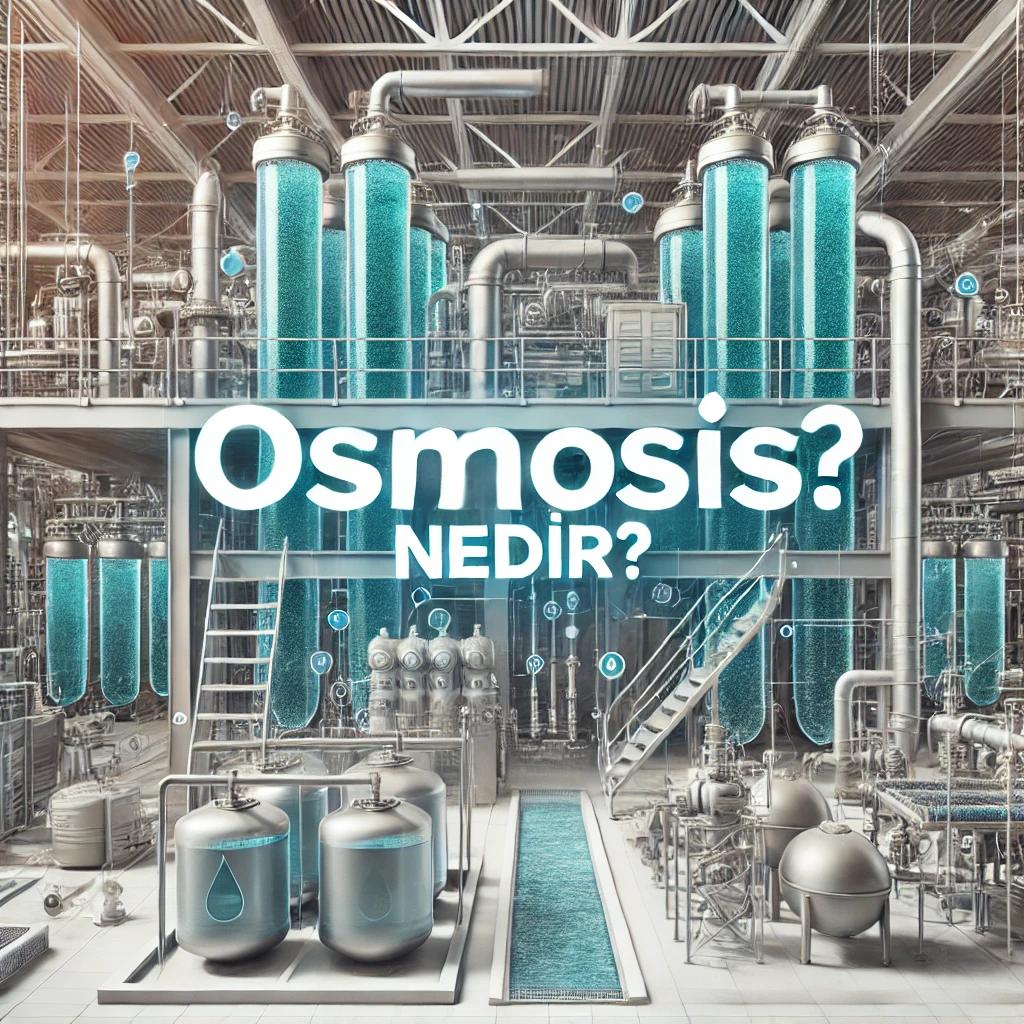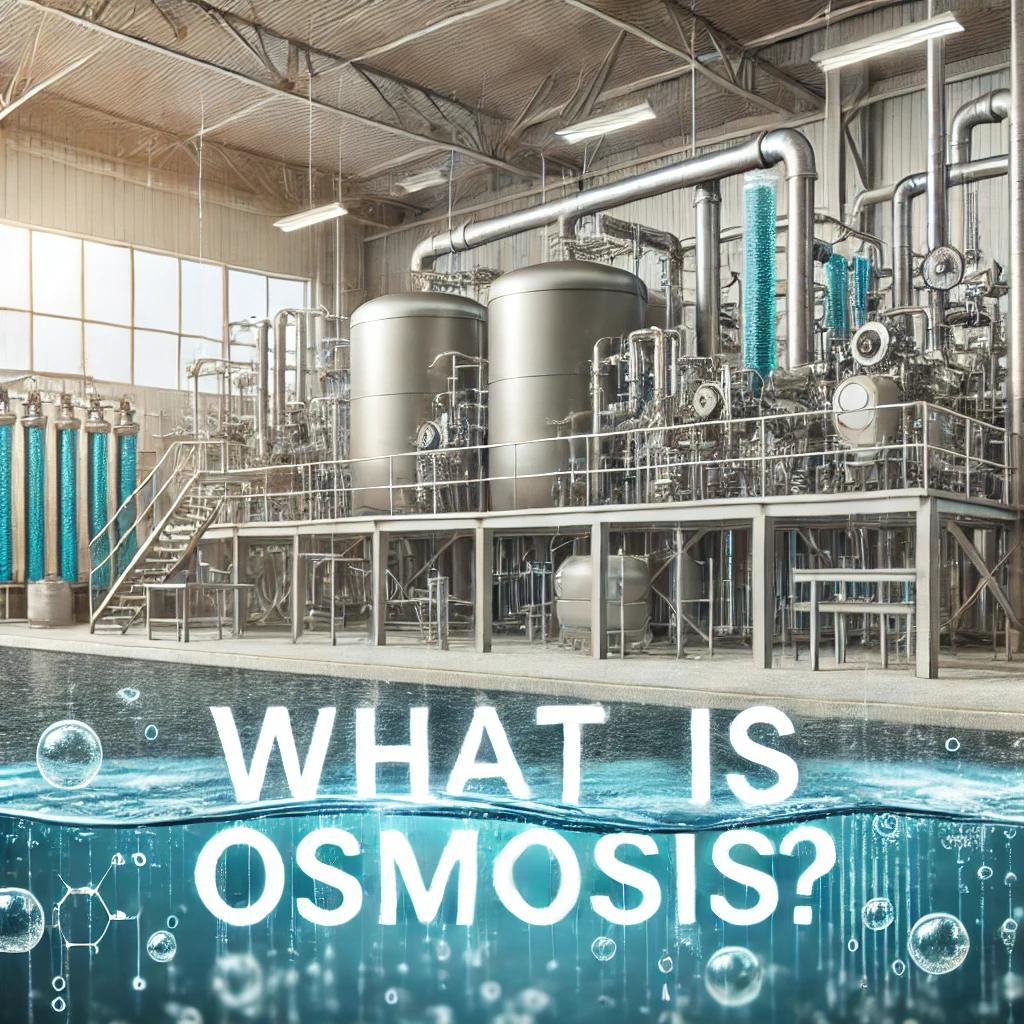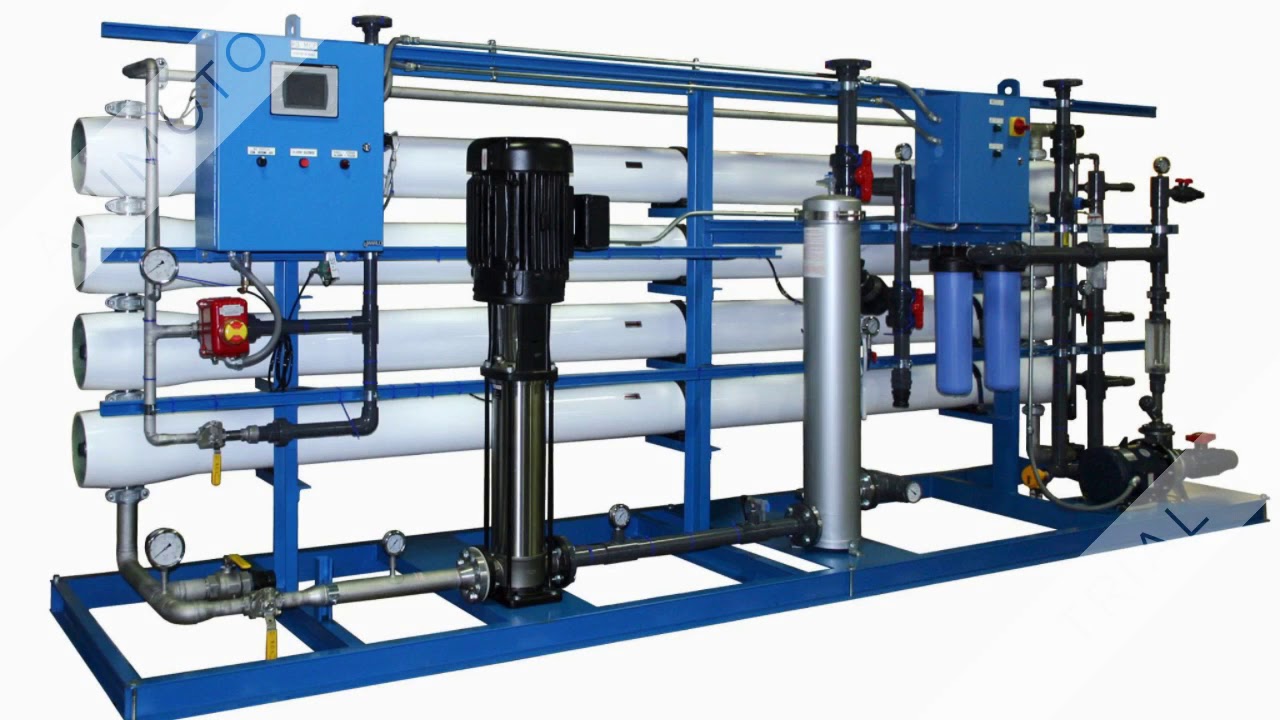What is Reverse Osmosis?

Reverse Osmosis
What is Reverse Osmosis?
Reverse osmosis is an advanced water filtration technology designed to remove unwanted contaminants and minerals from water. This method applies pressure to water through a semi-permeable membrane, allowing only water molecules to pass through.
Reverse Osmosis System
Reverse osmosis technology is inspired by the natural osmosis process found in living organisms. Examples include water transfer from organs to blood or plants absorbing water through their roots, both achieved through osmosis.
What is Osmosis?
Osmosis is the movement of water through a semi-permeable membrane from a low-concentration area to a high-concentration area. Reverse osmosis works in the opposite direction, using high pressure to move water from a high-concentration area to a low-concentration area.
Membrane and Filtration
The semi-permeable membrane used in reverse osmosis systems has a pore size of 5 angstroms. Since water molecules are small, they easily pass through. However, ions, larger molecules, bacteria, and viruses cannot pass through and are directed to the waste line.
How Does Reverse Osmosis Work?
The reverse osmosis process involves several steps:
- Pre-Filtration: Removes particles and large contaminants from water.
- Pressure Application: Water is forced through the reverse osmosis membrane under high pressure.
- Membrane Passage: Only water molecules pass through the membrane, leaving other substances behind.
- Wastewater Disposal: Contaminants retained on the membrane are discharged as concentrated water.
Reverse osmosis saves energy through natural water flow, though some systems use high-pressure pumps to speed up the process.
Applications of Reverse Osmosis
Domestic Use:
Reverse osmosis technology is widely used in homes to provide clean drinking water by removing harmful substances and bacteria.
Industry and Healthcare:
- Wastewater Treatment: Cleans and recycles wastewater.
- Desalination: Converts seawater into freshwater.
- Healthcare Applications: Provides pure water for dialysis machines.
- Pharmaceuticals: Purifies and concentrates liquid medications.
Agriculture and Pool Water:
Reverse osmosis ensures high-quality irrigation water for plants and helps keep pool water clean by removing contaminants.
Advantages of Reverse Osmosis
- High Efficiency: Extremely effective in water purification.
- Versatility: Capable of purifying water from various sources.
- Energy Saving: Consumes less energy compared to other water treatment methods.
Reverse Osmosis Water Purifiers
Reverse osmosis water purifiers remove coarse materials and microorganisms, providing healthy drinking water. These devices are highly recommended by experts. Prices range from 2,500 TL to 90,000 TL, depending on whether they are for domestic or industrial use.
Frequently Asked Questions About Reverse Osmosis
Are Reverse Osmosis Water Purifiers Safe?
Yes, reverse osmosis systems remove 99.9% of harmful substances, delivering clean and safe water.
Does Reverse Osmosis Reduce Minerals in Water?
Reverse osmosis membranes retain most minerals. However, mineral filters can be added to compensate for any loss.
What is the Lifespan of a Reverse Osmosis Membrane?
The lifespan of a membrane depends on water quality, usage frequency, and maintenance. On average, it lasts 1-3 years.


